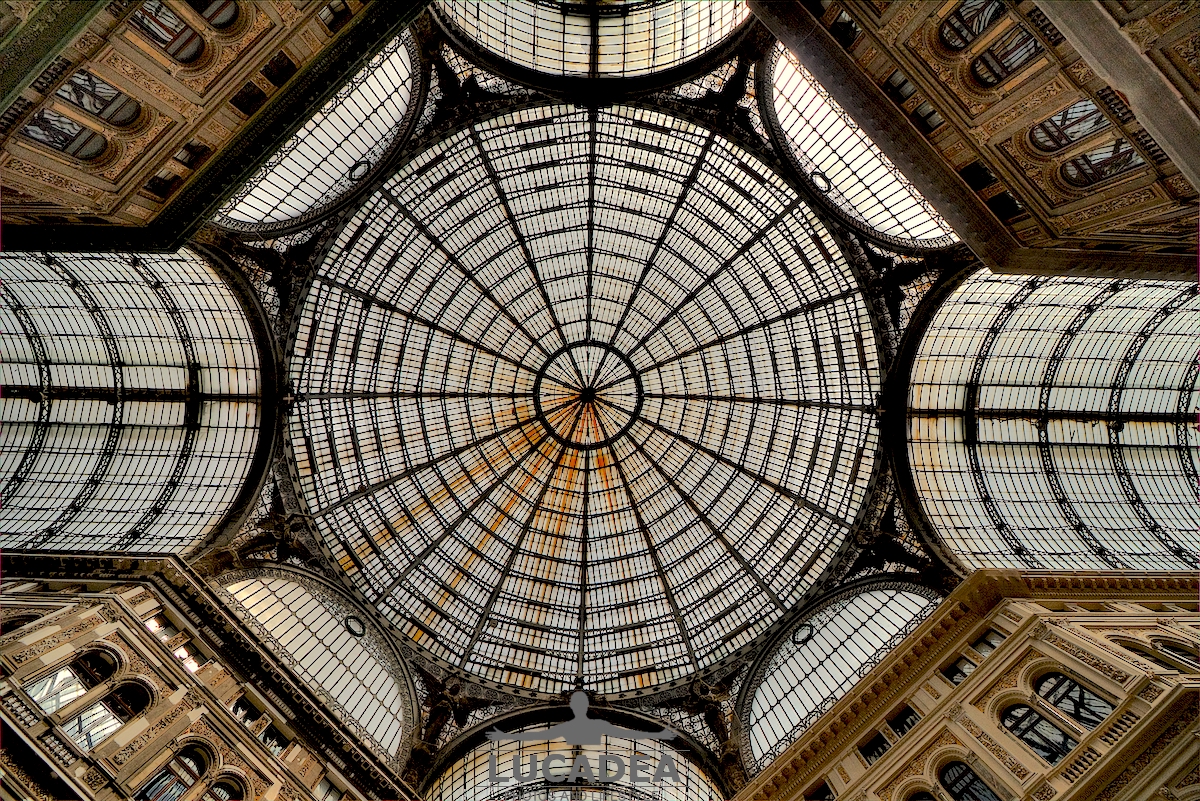The Vucciria neighborhood in Palermo.
One of the historic markets of the Sicilian city. One of the places not to be missed.
I was there a couple of weeks ago with some colleagues and we ate something in this very characteristic little square.
Do you know and have you ever been to Palermo?
Add your own comment or go to the bottom of the site to read what other visitors have written.
Photo taken with Canon EOS RP and lens Canon EF-S 10-18.
The name of this market comes from the word Bucceria, taken from the French boucherie, which means butcher's shop. The market was in fact initially intended for slaughter (and in the Angevin era one was built) and for the sale of meat. Later it became a market for the sale of fish, fruit and vegetables. In ancient times it was called "the great Bucciria" to distinguish it from the smaller markets. "Vuccirìa" in Palermo means "Confusion". Today, the confusion of overlapping voices and the shouts of the sellers (the abbanniati) is one of the elements that most characterizes this Palermo market.
Continue and learn more on Wikipedia














